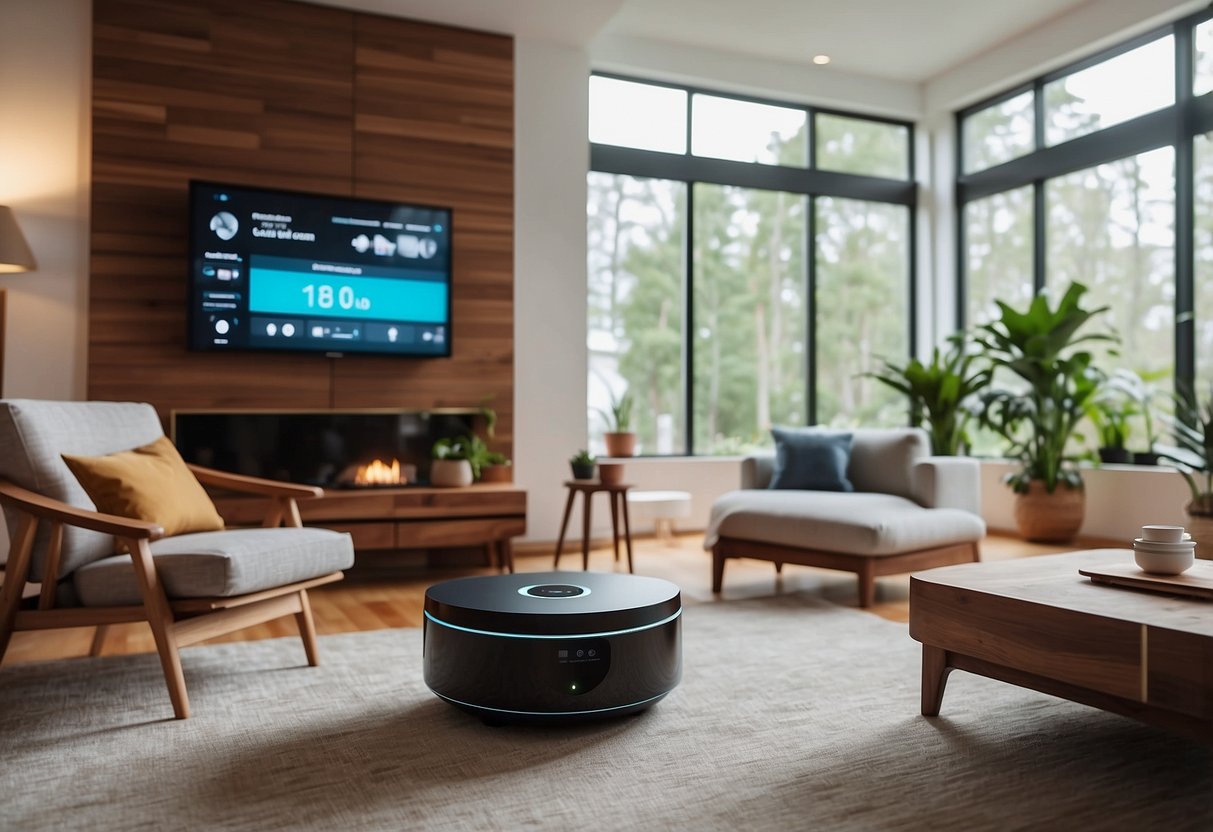
Benefits of Smart Home Gadgets
Smart home gadgets offer a range of advantages that enhance daily living. They improve security and energy efficiency, making homes safer and more economical.
Enhanced Security
Smart home gadgets significantly boost the security of households. Devices such as smart cameras, doorbell cameras, and smart locks provide real-time monitoring and control. Homeowners can monitor their property remotely and receive instant alerts if unusual activity is detected.
Smart locks allow keyless entry, making it possible to lock and unlock doors remotely. This feature is extremely useful for granting access to family members or service providers without needing physical keys. Additionally, these gadgets can be integrated with other security systems, creating a comprehensive security network optimal for protecting the home.
Energy Efficiency
Smart home gadgets contribute to energy savings and reducing utility bills. Devices like smart thermostats learn user preferences and automatically adjust heating and cooling settings to optimize energy usage. Homeowners can control these settings remotely, ensuring energy is not wasted when no one is home.
Smart lighting systems enable users to control lights via smartphone apps or voice commands. They can schedule lights to turn off when not needed or dim them to save energy. In addition, smart plugs can cut off power to devices that are not in use, further minimizing energy consumption.
Integrating Smart Devices Into Your Home
Integrating smart devices into your home can transform how you interact with your living space. Start by identifying which devices will benefit you most. Common options include smart speakers, thermostats, lighting, and security systems.
Placement is crucial for optimal performance. Position smart speakers centrally to ensure voice commands are easily heard. Similarly, place smart thermostats where they can accurately gauge temperature changes.
Connectivity is key. Ensure your Wi-Fi network is robust enough to support multiple devices. If necessary, upgrade your router or install range extenders to eliminate dead zones.
Security considerations are essential. Use strong, unique passwords for each device. Regularly update firmware to protect against vulnerabilities.
Compatibility matters. Ensure all devices you choose can work together. Check if they support common platforms like Amazon Alexa, Google Home, or Apple HomeKit.
User experience should be simple and intuitive. Choose devices that offer easy setup processes. Many come with companion apps that guide you through installation step-by-step.
Energy efficiency is another factor. Select devices that conserve power. Smart thermostats can lower energy usage by adjusting settings based on your habits.
Privacy should never be overlooked. Be mindful of data-sharing practices and take steps to protect your personal information. Review the privacy policies of each device.
By carefully considering these factors, you can seamlessly integrate smart devices into your home, enhancing convenience and efficiency.